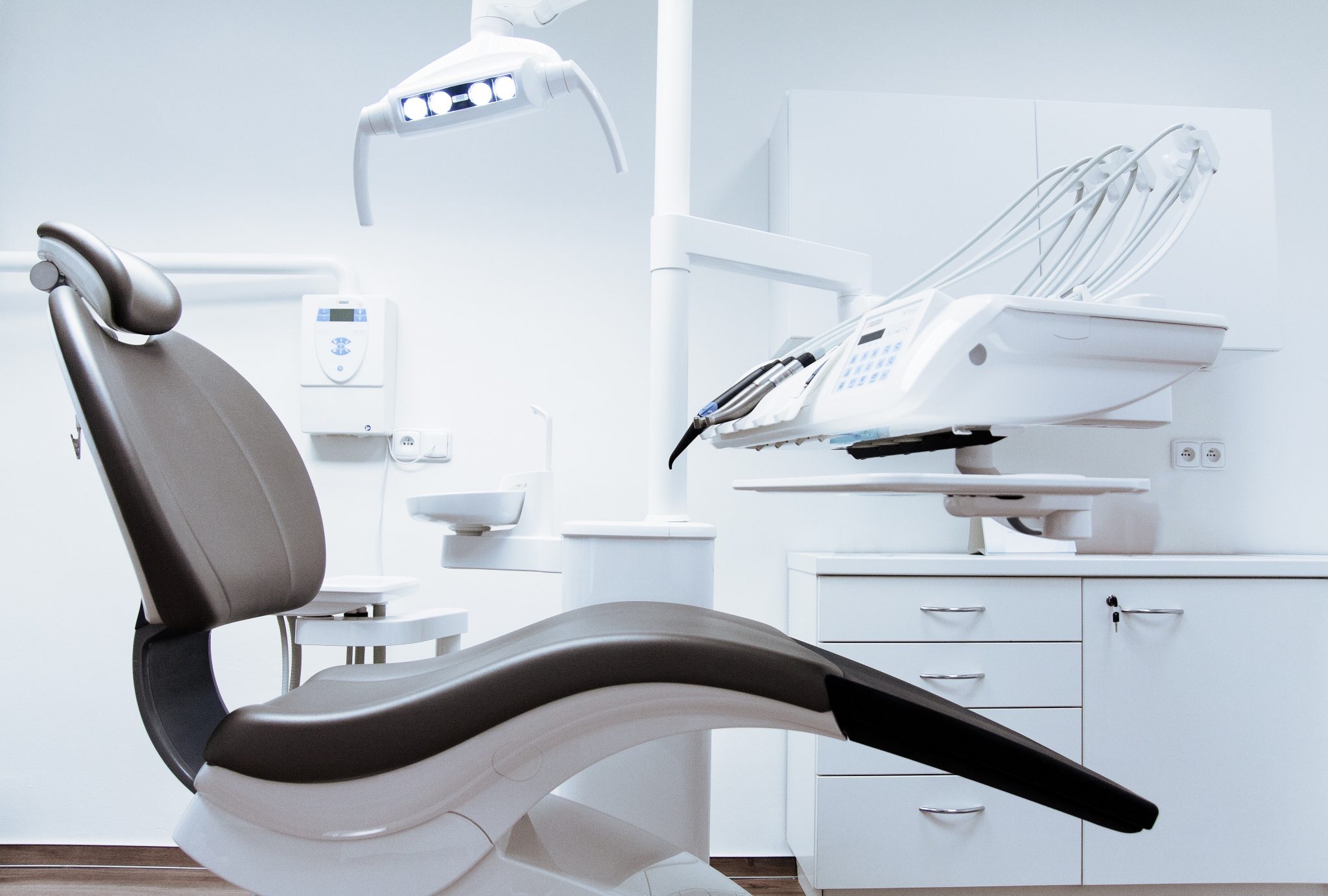

Jaw Pain Is Abnormal.
Experiencing jaw pain as a part of your daily life might make it seem like a normal occurrence. However, it’s important to recognize that jaw pain is not a normal condition and could be a symptom of a condition known as Temporomandibular Disorder (TMD) affecting one or both of your Temporomandibular Joints (TMJs). These are the joints connecting your lower jaw. When there is disease or misalignment, it can lead to inflammation in the TMJ and surrounding area, resulting in pain and other associated symptoms.
What are the signs of TMJ disorder (TMD)?
- Headaches
- Earaches, tenderness around the ear
- Face or jaw pain and tenderness
- Muscle pain in your neck, shoulders and upper back
- Ringing in the ears
- Clicking, popping, or grinding jaw
- Difficulty chewing, yawning or opening your mouth
How do we diagnose and treat TMJ disorder?
Diagnosis
Treatment of TMD begins with a comprehensive clinical examination, to check your face, jaw, bite, joints, and teeth. During your appointment, we will check for pain and tenderness and listen for clicking or popping when you open and close your mouth, swallow, or chew. If the disorder is diagnosed, a bite splint or night guard is often recommended as the initial treatment.
Treatment and Relief
Our treatment application involves bite splints, which are custom-created plastic mouthpieces, designed to fit over your upper and/or lower teeth. These type of devices prevent the grinding and clenching that often causes or worsens TMD. The splint also realigns the jaw, removing stress on the surrounding area.
Alternative Treatment Options
If a misaligned bite or missing teeth are the cause of your symptoms, we may recommend orthodontics or restorative dental work. If your bite is placing undue pressure on the TMJ’s, we may suggest reshaping individual teeth to redistribute the bite force evenly.
Contact us today
to schedule an initial consultation & exam.
Your consultation will include an examination of everything from your teeth, gums and soft tissues to the shape and condition of your bite. Generally, we want to see how your whole mouth looks and functions. Before we plan your treatment we want to know everything about the health and aesthetic of your smile, and, most importantly, what you want to achieve so we can help you get there.
Frequently Asked Questions
TMJ is an abbreviation for Temporomandibular Joint, which refers to the joint connecting the jawbone to the skull. When there is misalignment or inflammation in this joint, it is known as Temporomandibular Joint Disorder, often referred to as TMD.
Common signs and symptoms of Temporomandibular Joint Disorder (TMD) include pain and tenderness in or around the ear, the jaw joint, or the muscles of the jaw, face, or temples. You may also experience difficulties in opening or closing your mouth, as well as a clicking, popping, crunching, or grinding noise when you chew, yawn, or open your mouth. It is worth noting that TMDs can be associated with neck pain and headaches as well.
Temporomandibular Disorder (TMD) is typically caused by a combination of factors, including jaw injuries and joint diseases such as arthritis. Additionally, habits like tooth clenching or grinding (bruxism) and tension in the head or neck muscles can worsen TMD symptoms. Stress may also play a role, although it is not entirely clear if it causes TMD or is a result of it. Other potential factors contributing to TMDs include ill-fitting partial or full dentures, as well as certain habits like nail biting or pen/pencil biting. Due to the various causes involved, diagnosing TMD can be challenging. To better understand your jaw pain symptoms, it is recommended to schedule an appointment with a dental professional. They can provide a comprehensive evaluation and accurate diagnosis.
Headaches can have numerous potential causes, and it is often necessary for a healthcare professional to conduct a physical examination in order to determine the specific cause of your headache.
In the majority of cases, TMJ pain can be effectively managed with non-invasive treatments and therapies. Surgical intervention for TMD is extremely rare and typically considered only in exceptional circumstances. Your well-being and satisfaction are paramount to us. We are committed to providing you with comprehensive information about all available options, prioritizing the safest and most straightforward approaches, and ultimately respecting your final decision regarding the next steps in your treatment.






